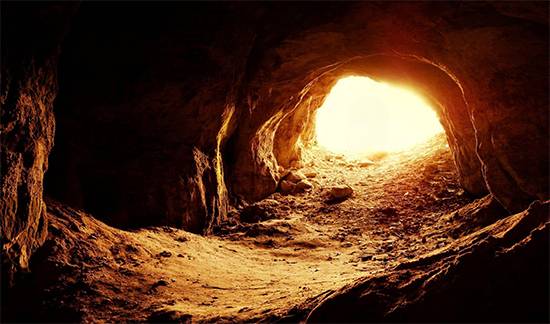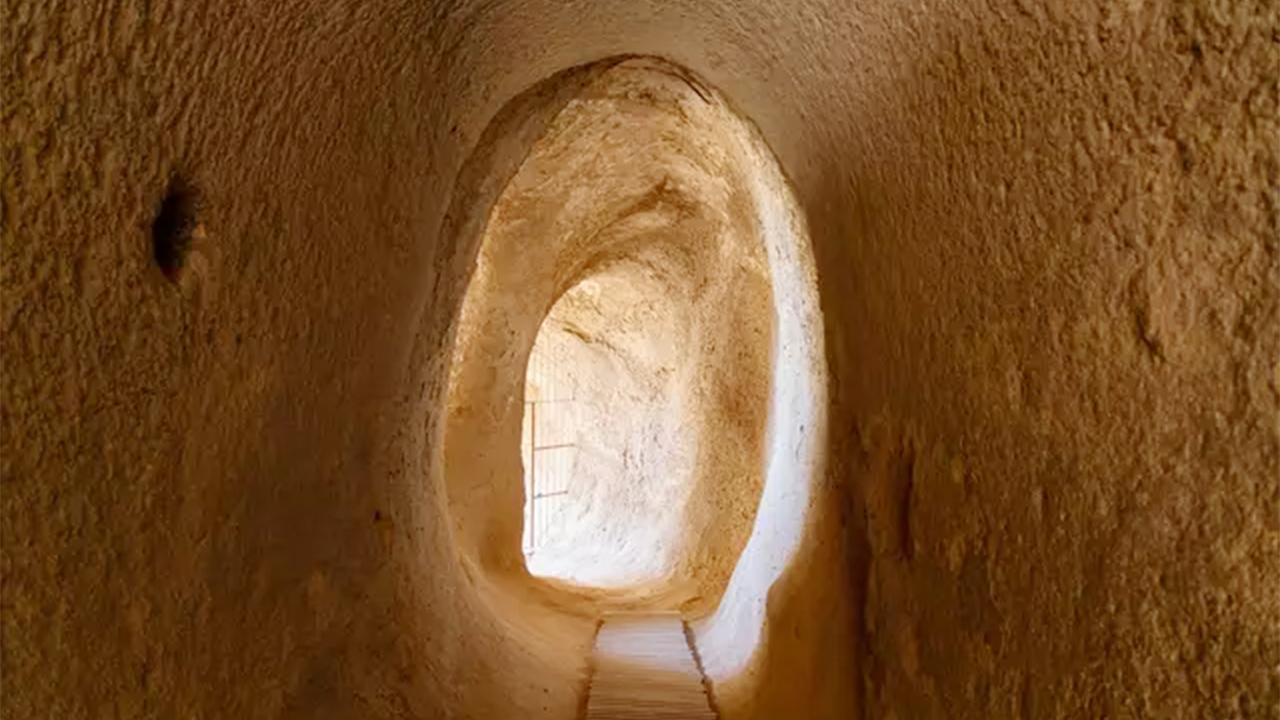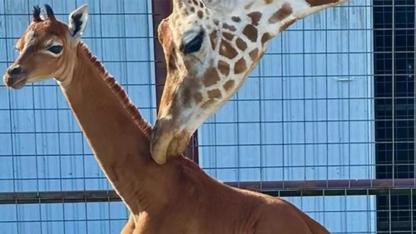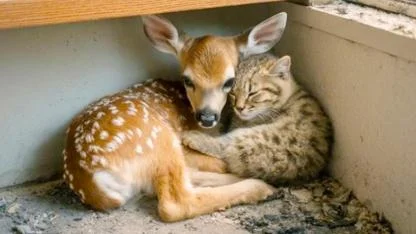Standing around 1.8 meters tall and stretching up to 600 meters long, these underground passageways defy easy explanation. Their scale, structure, and distinctive markings have captivated scientists and sparked global interest, especially after detailed studies began to challenge long-held assumptions. While many ancient structures can be traced back to human ingenuity or geological formations, these tunnels tell an entirely different story—one written millions of years ago by enormous prehistoric creatures.

According to modern research, particularly a 2018 study published in Science Advances, these impressive tunnels may have been carved by giant extinct ground sloths during the Pleistocene epoch. This revelation not only changes how we interpret early landscapes, but also transforms our understanding of the animals that once inhabited them. The discovery highlights the fascinating connection between prehistoric wildlife and their environment, revealing a chapter of Earth’s history as surprising as it is extraordinary.
How the tunnels were first discovered
The tunnels first gained scientific attention when Heinrich Theodor Frank, a respected geology professor in southern Brazil, stumbled upon the unusual structures. Found primarily in Rio Grande do Sul, these tunnels stood out immediately due to their enormous size and distinctive shape. Unlike typical caves formed through erosion or volcanic activity, these passageways exhibited consistent circular or elliptical cross-sections. Frank quickly recognized that their structure did not match any known geological process. His observations eventually led to further investigation and academic interest, prompting researchers to examine whether these tunnels had biological origins rather than geological ones. The early stages of discovery laid the foundation for a groundbreaking shift in how scientists view prehistoric animal behavior.
Why natural processes couldn't explain the tunnels
Geologists initially considered whether erosion, water flow, or tectonic activity could have shaped the tunnels, but those theories fell apart under scrutiny. The smooth walls, branching pathways, and uniform shapes are unlike anything produced by natural forces. More importantly, researchers found deep grooves and claw marks etched into the walls—clear signs of physical scraping. According to Frank, there is “no geological process in the world” that could produce such tunnels with their combination of structure, length, and markings. These details ruled out natural formation and human construction, leaving prehistoric animals as the most plausible architects.
The giant ground sloths behind the mega-structures
The most compelling explanation for the tunnels points to the Megatherium and related genera of giant ground sloths. These animals lived between 15 million and 10,000 years ago and were far larger than any modern sloth. Some species reached lengths of up to four meters and bore massive curved claws capable of digging and tearing through packed soil. A 2018 study concluded that the tunnels’ dimensions match the size and behavior of these sloths. In comparison to their slow-moving descendants, these prehistoric giants were powerful, active creatures that interacted intensely with their environment. Researchers believe that the sloths dug the tunnels for shelter, temperature regulation, and protection against predators. Their burrows provided safe havens for multiple generations, suggesting that these structures were long-term habitats rather than temporary hiding places.
Evidence found inside the tunnels
One of the strongest pieces of evidence linking the tunnels to giant ground sloths is the presence of distinct claw marks. These grooves vary in size and depth, reflecting different individuals and generations excavating or maintaining the tunnels. The marks also show patterns consistent with the animals’ known digging behavior. Additional features inside the tunnels, such as soil displacement and structural reinforcement patterns, indicate that they were intentionally constructed rather than naturally formed. These tunnels, known as paleoburrows, are now recognized as some of the most significant evidence of prehistoric animal engineering ever discovered.
How humans and giant sloths interacted
Archaeological evidence suggests that humans and giant ground sloths coexisted for a period during the late Pleistocene. Researchers have found human footprints that appear to follow sloth tracks in what seems to be a stalking pattern. This implies that early humans may have hunted these colossal creatures. Specialists note that sloths would have been dangerous prey due to their size, strength, and razor-sharp claws. While some interactions may have been playful or accidental, most would likely have been tied to hunting or survival. These discoveries help historians and archaeologists re-evaluate the dynamics between humans and megafauna during the Ice Age.
What these discoveries mean for our understanding of the Ice Age
The discovery of these giant paleoburrows has significantly changed how researchers interpret the landscapes and ecosystems of the Ice Age. They reveal that prehistoric animals were capable of large-scale environmental engineering, comparable to the way modern animals like beavers shape their surroundings. The tunnels also offer insight into climate patterns, migration behavior, and long-term habitat use. As scientists continue studying these structures, new evidence may further reshape our understanding of how early humans and megafauna coexisted. The story of the ancient tunnels underscores the importance of examining Earth’s history not just through geological events, but also through the behaviors of the animals that once dominated the planet.












Yorumlar
Kalan Karakter: